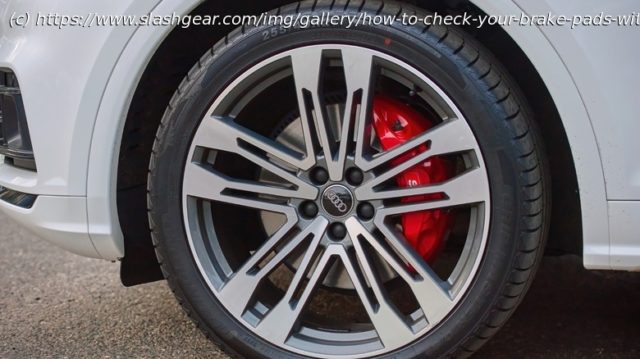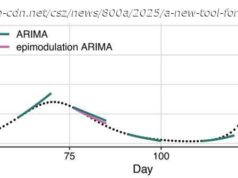Your vehicle’s brake pads play a pivotal role in its performance and your safety. If you want to inspect them yourself, here’s how to do it.
When it comes to cars, the brake system is one of the most vital components. Virtually all modern automotive brake systems work using hydraulic brake fluid to generate the pressure necessary to actuate the brake mechanism. Depending on your vehicle, those brake mechanisms are composed of either rotors, calipers, and brake pads; drums, wheel cylinders, and brake shoes; or a combination of the two systems. Both disc and drum brake systems rely on hydraulic pressure and friction materials to stop your car.
In modern disc systems, a caliper compresses a brake pad made of heat-resistant friction material — like ceramic or metal — into a rotor to generate friction. Drum brakes, on the other hand, use a wheel cylinder to push brake shoes against a drum, creating friction to slow your wheels. Regardless of the type of brake system your car has, those brake pads or shoes require replacements after extended use, as well as regular inspections to check for damage and wear.
Fortunately, inspecting your brake pads isn’t that difficult. In fact, you can check your brake pads without removing the wheels relatively easily on most cars. To do so, you’ll simply need to use a flashlight to peer through the wheel’s spokes. Then, you can eyeball the pads to determine roughly how much life they have left. For drum brakes, you’ll have to remove the inspection cover on the back of the drum assembly to get a look at the condition of the shoes. If you’re interested in learning more about how to check disc brake pads and drum brake shoes without removing the wheels, stick around.






